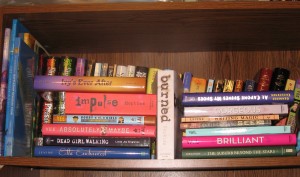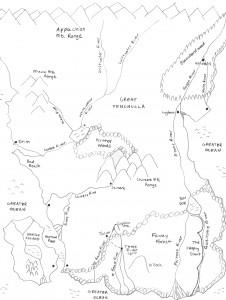 What exactly is world building (or worldbuilding if your prefer is as one word)? Basically, it’s the creation of a fictional world. More than that, though, it’s how that world is explained within the confines of a story. The imagining and creating is the easy part (in my opinion). It’s choosing which pieces to include in the story and how to include those pieces with out a big info-dump that is the tricky part.
What exactly is world building (or worldbuilding if your prefer is as one word)? Basically, it’s the creation of a fictional world. More than that, though, it’s how that world is explained within the confines of a story. The imagining and creating is the easy part (in my opinion). It’s choosing which pieces to include in the story and how to include those pieces with out a big info-dump that is the tricky part.
The reader must be grounded in the world and be able to feel like they are immersed in it, but you don’t want to bore them with too many details and world-building elements that aren’t essential to the plot and character development. It’s highly subjective, too. One reader may love lavish descriptions and explanations of how one aspect of your fictional world works, while another may skim through all that to get to the action.
And world building isn’t just for fantasy or sci-fi writers. Even if a story takes place in a high school and most of your readers are in high school or have been to one, you still need to establish the world of your high school. There’s a lot already written on ways to execute world building, so instead of me blathering on with tips, I’ll leave some links at the end of the post for you to peruse at your leisure.
Some of my favorite world building exercises have been making a map for the ELIXIR BOUND (see the picture at the beginning of the post and the entry “Exploring the world of Elixir Bound”). For PIRATE ISLAND, part of my world building included creating a chart with realistic tides and moon cycles. So much of my world building goes on behind the scenes, but having all that information in my head makes for a rich world on the page, even if the reader only sees a small portion of what the world entails. Plus, those elements that don’t make it directly into the story are great for things like blog posts and bonuses for readers.
Okay, before we get to the links, I’d love to hear some of your world-building techniques in the comments!
“Tips on World Building for Writers — How to Make Your Imaginary World Real” by Chuck Sambuchino
“25 Things You Should Know About Worldbuilding” by Chuck Wendig
(Apparently people named Chuck have a lot to say about world building!)
#InkRipples is a monthly meme created by Katie L. Carroll, Mary Waibel, and Kai Strand. We pick a topic (September is all about world building), drop a ripple in the inkwell (i.e. write about it on our blogs), and see where the conversation goes. We’d love to have you join in the conversation on your own blogs or on your social media page. Full details and each month’s topic can be found on my #InkRipples page.

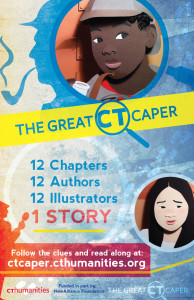
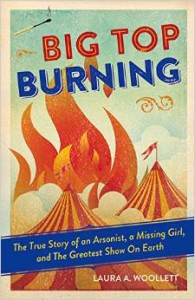 My first book,
My first book,  many carved wooden doors, each one unique. Fiction feels its most real when the sensory details are just right. Since our story would take place at this real location, it felt important for me to experience what Li-Ming and Thomas would first hand.
many carved wooden doors, each one unique. Fiction feels its most real when the sensory details are just right. Since our story would take place at this real location, it felt important for me to experience what Li-Ming and Thomas would first hand.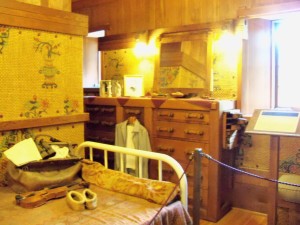 the plot. If the detail was not important to the scene, I cut it, even if it were true. Somewhere in Chapter 4, I took a bit of artistic license. Can you tell where?
the plot. If the detail was not important to the scene, I cut it, even if it were true. Somewhere in Chapter 4, I took a bit of artistic license. Can you tell where?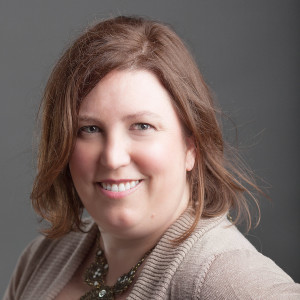
 First, I have to thank Katie for having me here today!
First, I have to thank Katie for having me here today!